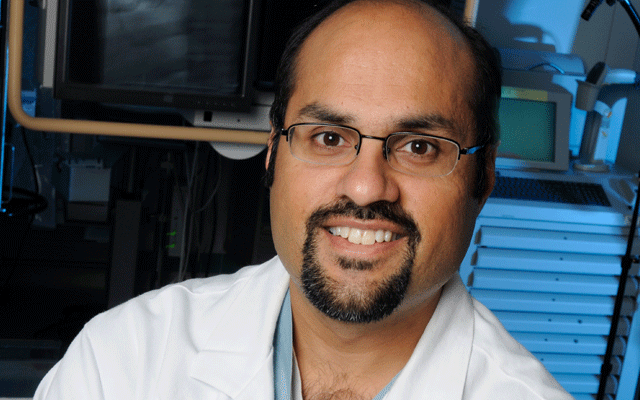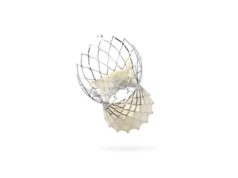
The Society for Cardiovascular Angiography and Interventions (SCAI) has launched a new initiative, supported by Medtronic, called “Transition for value” that aims to help US-based centres adopt the transradial approach. Chair of the initiative Adhir Shroff (Department of Medicine, University of Illinois, Chicago, USA) talks to Cardiovascular News about why SCAI believes the transradial approach should be the first-line access route for coronary interventions.
How many coronary procedures in the USA are performed via the transradial approach?
Currently, it is about 40% of all procedures—a dramatic increase compared with 10 years ago when it was around 1%. The increase in the USA has not been as large as it has been in other countries, such as the UK, but we are catching up!
Why do you think that, traditionally, there has been reluctance among US physicians to adopt the transradial approach?
The reasons are multifactorial. First, older operators may have learnt one approach—ie. the transfemoral approach—and perhaps do not want to change. Also, some might believe that their practice is unique; they do not have complications with the transfemoral approach. But, we know from the data that is not the case. They may not be seeing complications but other people are.
Another reason is that percutaneous coronary intervention (PCI) procedures are fragmented across the USA. In many societies in Europe and Asia, there are a limited number of PCI centres and people needing PCI are referred to those centres. In the USA, there are less restrictions on who performs PCI procedures and PCI centres. Therefore, the average PCI volume per operator is 50 and I think many low volume operators are reluctant/unable to adopt the transradial approach because of the learning curve—ie. they are unable to perform enough procedures to develop the required level of expertise.
Finally, in some centres, even if the operators themselves are prepared to adopt the transradial approach, their staff or administration may not want to go through the process of learning a different approach.
Why did SCAI decide to set-up Transition for value?
We are always looking for ways to improve quality of care and to provide value to payers, physicians, and patients. The transradial approach is a way to accomplish that; we really do believe it is a better way to do cardiac catheterisations—it provides a better patient experience and is safer than the transfemoral approach.
We know that there are some practices and physicians who are “stuck” at various points along the road to fully adopting the transradial approach—whether it is starting a transradial practice or using the approach to perform complex PCI including STEMI. Thus, we wanted to create a resource in which people could have educational content to address their specific needs at whatever level they need.
How can people access Transition for value?
There is a website—transitionforvalue.org—that will eventually have eight modules. People can download a PowerPoint presentation and, if they want to, listen to audio that will talk them through the presentation. We plan to put the first batch of modules on the website in early 2018 and put the second batch shortly after that.
The content of future modules will depend on what users and what the general interventional cardiology community want. We have already had requests for modules about using the transradial approach in complex PCI or in cases in which haemodynamic support is needed.
Additionally, again depending on demand, we may review relevant clinical trial data or provide a question and answer portal. We are not only interested in highlighting clinical aspects but also the economic factors to help people understand the value of the transradial approach.













